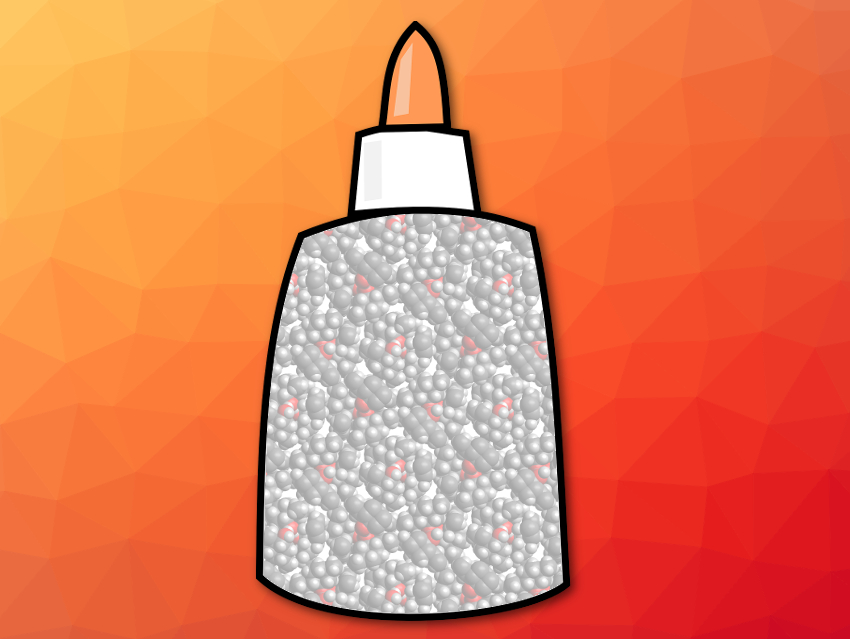Temporary adhesives are used in, e.g., sticky notes, adhesive bandages, or painter’s tape. These products stick to surfaces but can be removed easily by pulling the glued surfaces apart from each other.
Katherine A. Mirica, Dartmouth College, Hanover, NH, USA, and colleagues have developed a class of molecular materials that can be used to make temporary adhesives that do not require force for removal. The team studied molecular solids, adhesive materials that exist in crystal form. The molecules in these structures are sublimable, meaning that they can shift directly from a solid to a gas without passing through a liquid phase. This allows the adhesive to stick as a solid but turn to a vapor and release once it is heated in a vacuum environment. The researchers systematically investigated the adhesion, cohesion, and sublimation properties of molecular solids such as iodine, octacyclic sulfur, naphthalene, hexachlorobenzene, camphor, dimethyl sulfone, menthol, and ibuprofen.
The team found that this class of materials can have remarkable mechanical strength but still allow for on-demand release through controlled sublimation without the use of solvents or mechanical force. They expanded the list of compounds that might be useful as a temporary adhesive. These non-permanent glues could lead to new manufacturing techniques, e.g., for semiconductors. The work also has implications for the fields of crystal engineering and materials science.
- Crystal Engineering of Molecular Solids as Temporary Adhesives,
Nicholas D. Blelloch, Haydn T. Mitchell, Carly C. Tymm, Douglas W. Van Citters, Katherine A. Mirica,
Chem. Mater. 2020.
https://doi.org/10.1021/acs.chemmater.0c01401



![Synthesis of [c2]Daisy Chains via Mechanochemistry](https://www.chemistryviews.org/wp-content/uploads/2025/04/202504_RotaxanesWithSolidStateMechanochemistry-125x94.png)
